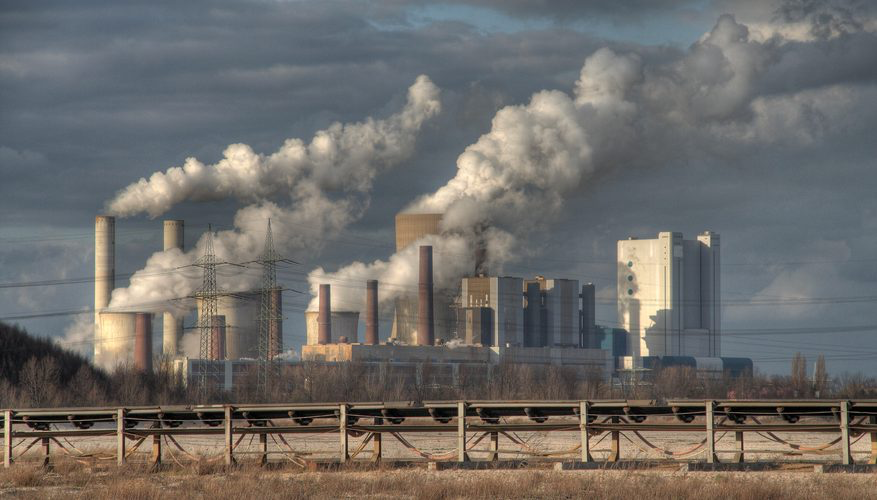
How Government Shutdown Impacts the EPA
How does the partial government shutdown impact the Environmental Protection Agency (EPA)?
The EPA inspects industrial sites for pollution violations and compliance with environmental law. The inspection of industrial sites, which include factories, plants, and refineries that deal with chemicals, oil, power, and water treatment, is meant to detect violations that endanger the public health. The shutdown has halted these inspections, as the EPA has furloughed most of its nearly 600 pollution inspectors and compliance monitors.
The obvious risk is the accidental or purposeful emission of hazardous pollutants without detection. This type of pollution can have devastating effects on municipal communities. Think the Porter Ranch gas leak in California. Think Erin Brockovich. It will not be easy to make up these inspections once the shutdown comes to an end.
According to EPA records, pollution inspectors and compliance workers average around 225 inspections per week. While the shutdown is set to cross the three-week mark on Saturday, January 12, according to the New York Times, EPA pollution inspections had stopped by New Year’s Eve. Therefore, as of this writing, nearly 450 inspections have not been conducted.
Let’s break it down on the local level:
For the 2017 fiscal year, in EPA Region 1, which serves Connecticut, Maine, Massachusetts, New Hampshire, Rhode Island, and Vermont, the EPA reports an estimated 711,000 pounds of “pollution reduced, treated or eliminated,” and an estimated 7 pounds of “hazardous waste treated, minimized, or properly disposed of.” It reports an estimated 3,816,000 cubic yards of “contaminated soil/debris to be cleaned up,” and an estimated 890,000 cubic yards of “contaminated water/aquifer to be cleaned up.”
For the 2017 fiscal year, in EPA Region 2, which serves New Jersey, New York, Puerto Rico, and the U.S. Virgin Islands, the EPA reports an estimated 109,635,000 pounds of “pollution reduced, treated or eliminated,” and an estimated 243,333,000 pounds of “hazardous waste treated, minimized, or properly disposed of.” It reports an estimated 6,036,000 cubic yards of “contaminated soil/debris to be cleaned up,” and an estimated 119,476,000 cubic yards of “contaminated water/aquifer to be cleaned up.”
EPA inspections break down into three general categories: First, analysts review emissions reports from industrial companies. If legal violations are found, inspectors go on-site to ensure compliance with environmental law. Second, pollution inspectors conduct in-person, on-site inspections over a period of two to three weeks. Third, compliance workers perform unannounced inspections.
Once the government is up and running again, EPA officials must find a way either to reschedule the inspections that were obstructed by the shutdown or to resume their normal schedule. Either way, there is no one to monitor and detect potential emissions violations for the time being.
Happy New Year.
Sources:
“Enforcement Annual Results for Fiscal Year 2017, United States Environmental Protection Agency.

No Comments